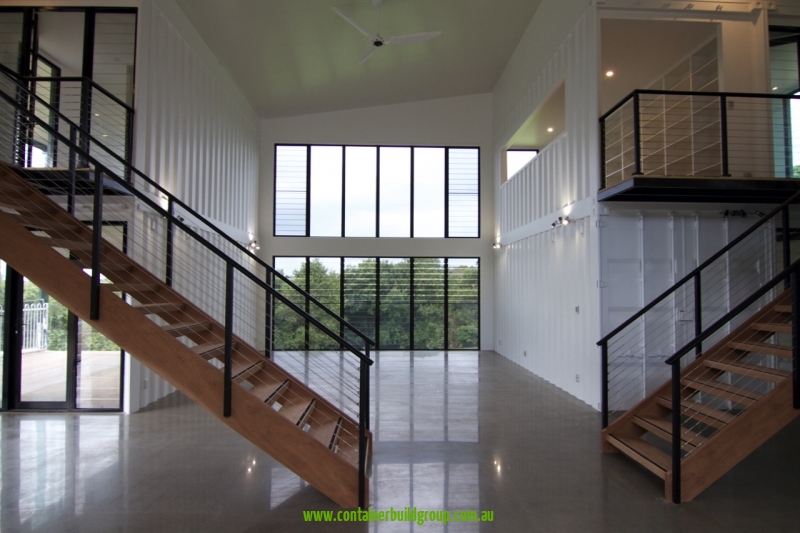Shipping Containers as Homes
The Pros & Cons
by Margie
Many architects have worked to change the way housing is constructed in Australia through modular and prefabricated home design. However, as decades have passed, only small steps toward this goal have been achieved. An example is the popular trend of re-using shipping containers. Ask a shipping container advocate and they’ll enthusiastically explain how these structures can solve to the world’s housing problems through cheaper and faster construction that is environmentally friendly. Then, why haven’t they taken off with the promoted promise? Something is missing.
 Containers work for site offices and storage – because they’re portable, not because they’re sexy
Although Shipping Containers are a great invention that dramatically changed the logistics of international trade, it does not mean they easily meet Australian building regulations and residential structural requirements.
Containers work for site offices and storage – because they’re portable, not because they’re sexy
Although Shipping Containers are a great invention that dramatically changed the logistics of international trade, it does not mean they easily meet Australian building regulations and residential structural requirements.
 Lindendale – built by dedicated container home builder CBG
Lindendale – built by dedicated container home builder CBG
 Containers work for site offices and storage – because they’re portable, not because they’re sexy
Although Shipping Containers are a great invention that dramatically changed the logistics of international trade, it does not mean they easily meet Australian building regulations and residential structural requirements.
Containers work for site offices and storage – because they’re portable, not because they’re sexy
Although Shipping Containers are a great invention that dramatically changed the logistics of international trade, it does not mean they easily meet Australian building regulations and residential structural requirements.
- Containers require significant additional structure, waterproofing and insulation to meet the standards of contemporary homes.
- The internal height of standard shipping containers is below the required minimum for Habitable Rooms (2.4m) so more expensive ‘high cube’ (2.7m) containers need to be used.
- Chemicals used in the container’s paint finishes are designed for long periods at sea and in storage, not to for habitation.
- Fitting a bathroom within a shipping container’s steel box has challenges with waterproofing and the installation of services.
- Building with a container isn’t a typical domestic construction, with significant risks for a residential builder - and they quote accordingly.
- Many shipping containers used for housing are built for that purpose, reducing the incentive to use recycled containers and sustainability goals are negated.
 Lindendale – built by dedicated container home builder CBG
Lindendale – built by dedicated container home builder CBG 
Related News